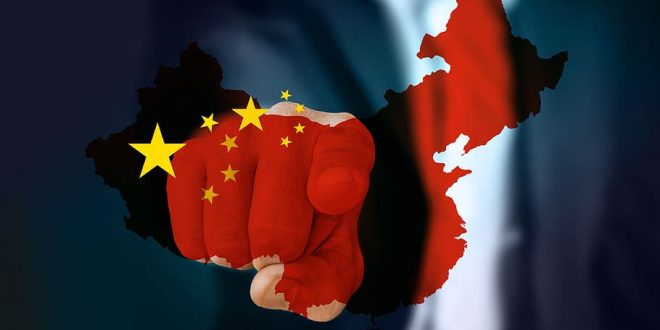With the country’s economy growing at an annual pace just above 3.5% in the second quarter. This is far from the 9.9% rate it averaged over its first three decades of economic reform. The country’s aging labour force is shrinking, and President Xi Jinping emphasizes loyalty to the Communist Party rather than expanding the economy.
Commerce Secretary Gina Raimondo has warned US business executives that China is “uninvestable” due to the government’s erratic treatment of foreign businesses. The Chinese rebound, which was expected to gain momentum in April, lost steam in May and reached midsummer in danger of petering out altogether.
The core of the problem was a debt-ridden, overbuilt property sector that threatened to smother growth well short of the government’s 5% annual target. Chinese weakness is bad news for companies such as Otis, which is its most profitable market for new equipment sales, accounting last year for roughly one-third of orders. However, most of the pain will be felt at Otis facilities in China, not in the United States. One lever Beijing has not pulled is manipulating the value of its currency.
The yuan this year has fallen 5.5% against the dollar, reflecting China’s slower growth and lower interest rates. The government could further cheapen the yuan by selling it on global markets, effectively discounting Chinese goods, making them less expensive for customers paying with dollars and euros. Swapping foreign markets with made-in-China products would raise export earnings and boost domestic employment but would likely worsen already fractious relations with the United States and Europe.
There is no sign yet that the Chinese authorities plan to make such a move. China’s downshifting economy is likely to clip just a few tenths of a percentage point off global growth, economists have said. One indication of the country’s modest impact can be seen in its trade in manufactured goods, such as industrial equipment, automobiles, furniture, and appliances. China’s reliance on foreign factories is about one-third lower than when Xi Jinping became the country’s leader in 2012 and accelerated a self-sufficiency drive.
A prolonged downturn in China, or one that is deeper than expected, would be felt around the world. First to suffer would be major commodity producers, who have vacuumed up copper from Peru, ore from Australia, soybeans from Brazil, and oil from Saudi Arabia and Russia. Direct financial links between the United States and China have thinned in recent years due to a trade war and rising geopolitical tensions.
A deeper Chinese slump could set off a negative feedback loop, with sinking stock and bond prices, rising volatility, and a soaring dollar combining to sap consumer and business confidence in the United States and elsewhere. China’s neighbors are experiencing a decline in exports to China due to American consumers buying fewer electronics during the work-from-home phase of the pandemic, rather than due to Chinese domestic weakness.

 Noor Trends News, Technical Analysis, Educational Tools and Recommendations
Noor Trends News, Technical Analysis, Educational Tools and Recommendations




